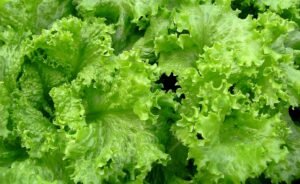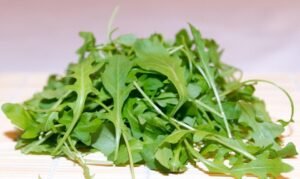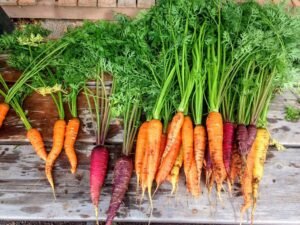How to pant
Sow zucchini seeds at the final location in the garden, placing 2 or 3 seeds per hole at about 2 cm deep, following the spacing recommendation for the cultivar used (usually 0.9m x 0.9m to 1m x 1,5m).
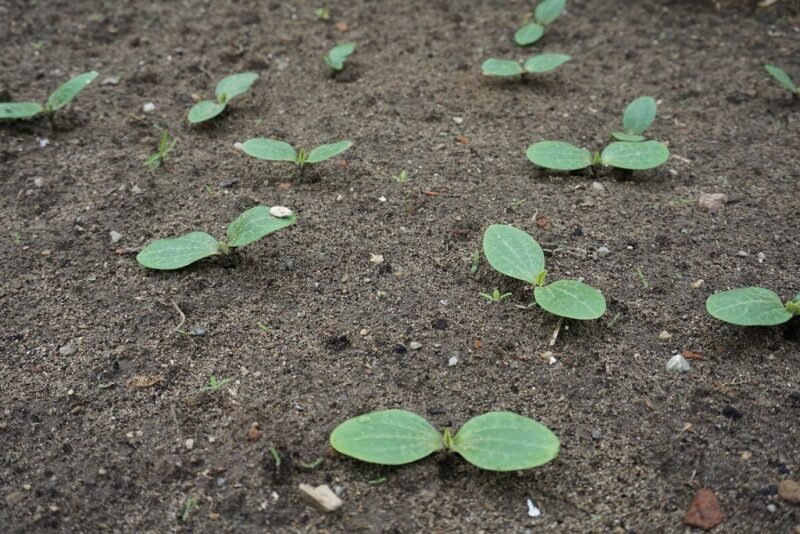
The seeds can also be sown, for example, in large seed trays, in small pots or in cups made with newspaper or other material.
The transplant of zucchini seedlings to the garden can be done when the seedlings have at least three true leaves.

Cultivation
Like other cucurbits, zucchini are plants that have separate male and female flowers, although each plant has both types of flowers.
Male flowers produce pollen and do not form fruit. Female flowers have a lower ovary that resembles a tiny zucchini and it develops in the fruit when the flower is pollinated.
The presence of pollinating insects, mainly bees, is necessary for the pollination of flowers and the development of fruits.
If there are no bees pollinate the flowers manually with the help of a small brush, transferring pollen from male flowers to female flowers.
Another alternative is to pick some male flowers and lightly rub the pollen-laden anthers of these flowers on the stigma of female flowers.
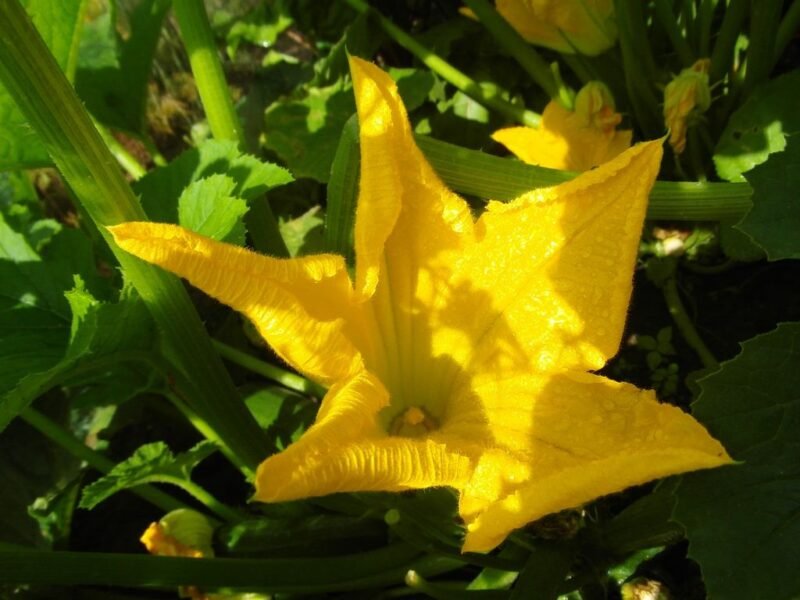
When flowering begins, only male flowers appear. The female flowers begin to appear well afterwards (from two weeks to a month or more).
High temperatures and long days increase the proportion of male flowers, which however are always more numerous than female flowers. The flowers open only for a few hours in the early morning.
Harvest
Harvesting of zucchini or courgette can begin 45 to 80 days after planting, depending on the cultivar and cultivation conditions.
Harvest the zucchini when well developed, but still immature (the appropriate size for the harvest varies with the cultivar).
Let the fruit grow and mature to harvest a marrow.

